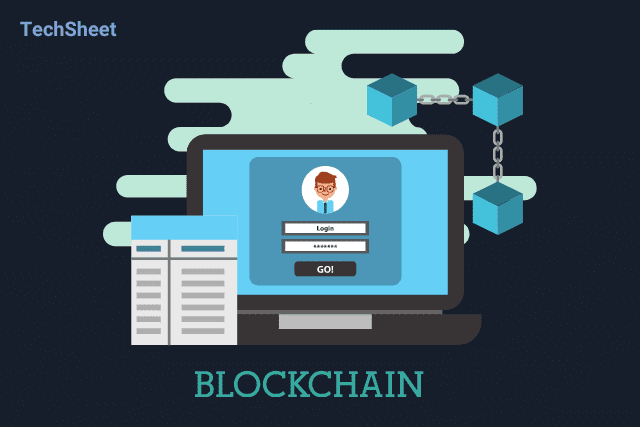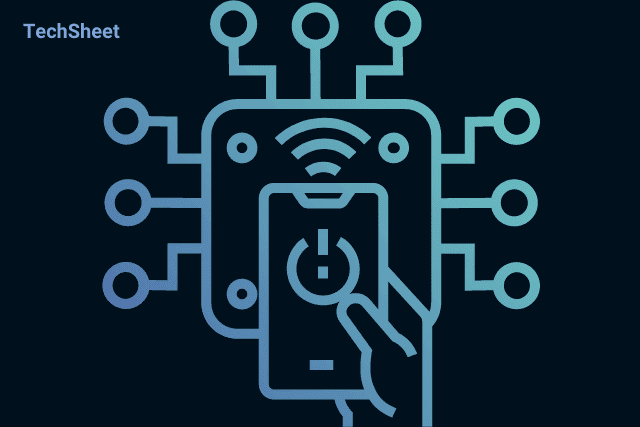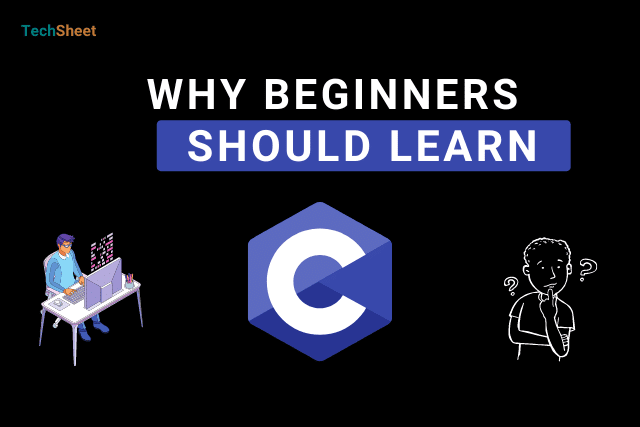Top 5 Technology Trends of 2022 You Should Know
With the evolution of civilization, technology is advancing faster than ever before. New ideas are being explored every day.
Hello everyone, how are you all? Welcome to today's article. In this article, I'm gonna tell you about the top 5 trending technologies of 2022.
Here are five technology trends that can make our lives easier and better.
1) Metaverse
What is the metaverse thing? Well, I will not take you to any complex scientific theory to explain what a metaverse thing is. I am trying to explain to you in a very simple way. meta and verse are two words. The word meta means to be self-aware in pop culture. You know where you are. And the word verse comes from Universe. So, the word metaverse means a universe where the characters of the universe are self-aware that they are in a universe.
To put it simply, when you play games, suppose you are playing fifa21 games or GTA. Think about it, when I'm playing fifa21 the Messi that is running inside the FIFA game or that Neymar if he knows he is in a game, then we can call that FIFA game a metaverse.
Now, of course, the FIFA we play, Messi inside the FIFA doesn't know he's in a game. That is, he is not self-aware.
But we are talking about the metaverse that Mark Zuckerberg is saying that more than one billion people will join this metaverse in the next 12 years. This metaverse will be such that everyone in the metaverse is self-aware. Because we actual people will join that metaverse through Virtual Reality (VR) and Augmented Reality (AR).
When we're browsing or scrolling Facebook or Instagram, it's a fake world. In this fake world, we have friends, friends have avatars, profiles, and cover photos. Everything is fake. A representation of reality. That means we're in a 2D fake World. On the other hand, Metaverse is a 3D virtual World focused on social connections.
2) Blockchain
Blockchain technology is the safest way to transfer and collect information in today's world. Blockchain is the chain of blocks. For example, a chain is formed by connecting one block to another block and that block to another block. This is called a blockchain. Each block contains a lot of information. For example, the blockchain of Bitcoin contains transaction information. Who gave how much bitcoin to whom is stored in the blockchain.
And it is almost impossible for any bad guy or hacker to change this information. Because each block has a unique hash. Suppose the hacker changed the information of the number two-block. When the data of block number two is changed, the hash of this block will not match the hash of the block in front of it i.e. the third block.
If the hacker changes the hash of the second block in the third block then the hash of the third block in the fourth block will not match. Thus the whole chain is connected. And it is almost impossible to hack this whole chain. Because this work has to be done very quickly. But it takes 10 minutes to create and modify a block on the Bitcoin network. This is why the Bitcoin network is so secure.
Satoshi Nakamoto added the P2P system to make this method more secure. Anyone can join this network. Each miner has a copy of the full blockchain and will update the blockchain along with the other miners. When a new transaction is completed, it will be automatically updated in the blockchain of all worldwide computers.
There are millions of miners around the world. It is impossible to update all the blocks at once and replace them in the blockchain of all the miner's ones. Not just bitcoin or cryptocurrency, this method can play an important role in data transactions or storage.
In 2013, Vitalik Buterin, a Russian-Canadian programmer and co-founder of Bitcoin Magazine, came up with the idea of a distributed computing platform for smart contracts, and developed Ethereum. A “smart contract” is simply a piece of code that is running on Ethereum. It’s called a “contract” because code that runs on Ethereum can control valuable things like ETH or other digital assets. Many more types of work can be done using blockchain technology. Nowadays blockchain has become very popular in the field of network security and data transfer.
3) Edge Computing
Before we understand what Edge computing is, we must first understand cloud computing. Because edge computing and cloud computing are inextricably linked. Cloud computing is one of the most exciting technologies in the computer world these days. Nowadays everything in information technology depends on this cloud. The word cloud was used metaphorically on the Internet. Just as clouds are everywhere in the sky, so is the Internet.
We've been involved with cloud computing for a long time. For example, almost all of us use Yahoo, Gmail, or Hotmail for email. We can use the email from any place, anytime, any device as long as we have an internet and email account. Ordinary users do not need to know where or how these emails are being stored or processed.
Cloud data centers have thousands of servers that are connected through a network. Usually, each server runs on a special type of operating system. In this operating system, multiple virtual machines can be run on each server in a virtual machine layer.
Now, let's talk about edge computing. Edge computing is a distributed information technology (IT) architecture in which client data is processed at the periphery of the network, as close to the originating source as possible. Data processing from cloud computing takes some time to load on our device, which is called latency. Edge computing is used to reduce this time. Not only speed but also edge computing is being used for various benefits.
In cloud computing, such devices can connect directly to the server via the Internet. But in edge computing, there is a local device between the cloud server and the device. When using edge computing, the device will transfer data to the cloud server, with the help of a fully local device. Using devices connected to the Internet through this edge computing technology, the service will be much faster.
4) Web 3.0
Web 3.0 version was first described in 2006, which is well-organized and structured and used to automatically separate, break, or discover data. This means that Web 3.0 is not just for publishing through reading or writing, it provides almost all kinds of benefits to the user.
By understanding the semantics of the words, sentences, and HTML elements used on the Web 3.0 page, the computer can automatically make a decision and conclude. This is called the semantic web. For example, when you search for something in the Google search engine, it suggests or prepares some things according to the needs of the user.
Web 3.0 is decentralized. That means it will not have a central server. It's a peer-to-peer (P2P) connection. Web 3.0 uses blockchain technology. In web 3.0 you own your data. Which means no company can sell your data to advertisers. You've got direct power to sell your data to advertisers and earn profits. The most powerful feature of Web 3 is the DAO. DAO stands for Decentralized Autonomous Organizations. DAO lets people govern, work, design, and allocate resources collectively.
5) Internet of Behavior-IoB
Before we understand what the Internet of Behavior (IoB) is, we must first understand the Internet of Things (IoT). Because The Internet of Behavior extends from the Internet of Things (IoT).
The Internet of Things is a network in which electronics, software, sensors, and network connectivity are used to collect and exchange data with various external devices, cars, homes, etc. It is a huge network that connects different objects for data exchange and will help people in different tasks. It is a system consisting of networks, programs, sensors, and machines through which the devices can communicate with each other and exchange data.
Now let's talk about the Internet of Behavior. IoB refers to the analysis of behavioral data collected from the Internet of Things and other sources and then attempts to use it effectively. This data is collected through wearable technology, individual online activities, household electrical devices, which can provide valuable information about a user's behavior and interests.
IoB is now used to create health apps for smartphones that can track a person's diet, blood sugar levels, heart rate, and sleep patterns. Also, it can alert a patient about their current state of health, advise them to simply take it, and change their diet or medication accordingly. This essential information can save lives and help doctors diagnose illness and start the right treatment quickly.
Let's Conclude
These are just a few of the upcoming technology trends of 2022. During this time next year, a raft of new big technologies will emerge that will impact the products we create and how we apply technology to our lives.
You might like
Please share this article with your friends and share your thoughts about the top 5 Technology trends in the comment box below!






%20Rahi.jpg)




